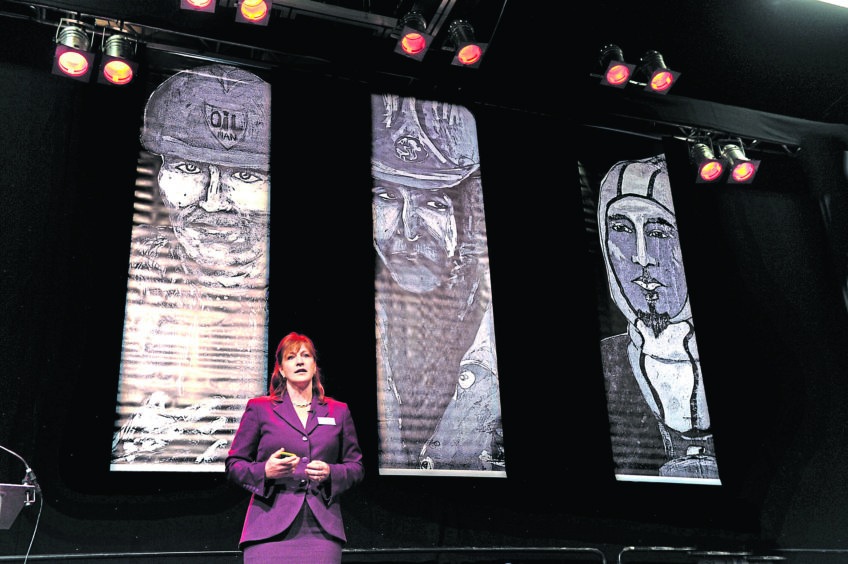
Data is “transforming” the offshore helicopter industry’s ability to deliver safety improvements “faster and better”, an aviation sector leader has said.
Gretchen Haskins, chief executive of HeliOffshore, said a reactive approach will only get industry so far.
A more proactive approach that measures what is happening on a particular day will save more lives, which is what HeliOffshore is all about.
Until recently, the helicopter industry didn’t make data sweat for it, but HeliOffshore is changing that.
The global safety body is harvesting and sharing a range of frontline data from a large proportion of its 120-plus members who have signed up to its intelligence programme.
HeliOffshore wants to provide a clearer picture of accident and incident rates, and early warning of the main indicators of safety issues.
The information is being used in several practical and sophisticated ways by the association and its members.
Several years’ worth of return-to-base (RTB) data has been gathered and is now helping them understand how to tackle the causes and frequency of these events, which erode the confidence of passengers — and operators’ budgets.
Ms Haskins, who flew jet and piston aircraft in the US Air Force, said: “RTB is what you should do. When the engine light comes on in your car, the right thing to do is stop driving and pull over.
“But we want to reduce the causal factors of RTBs. The number of events is high and if we could address this, we would have a more resilient system. It would mean not putting pilots in difficult situations.
“Also for passengers it’s an unsettling experience to have to go back. We do not want them to have to do that.”
The project is starting to bear fruit as manufacturers team up, look at the data and start drawing up plans.
The intelligence programme will help HeliOffshore put its finger on the effectiveness of safety products, including the helicopter terrain awareness and warning systems (HTAWs).
As a result of HeliOffshore’s collaborative efforts involving aircraft manufacturers, operators and regulators, upgrades will be introduced to HTAWs that give pilots between six and 30 seconds of additional warning of potential collisions, which is an “extraordinary” amount of time when you are flying, Ms Haskins said.
HeliOffshore is also pressing the case for flight crew operating manuals (FCOMs), which are a work in progress, but can help pilots make best use of automated systems and increase operational standardisation.
As aircraft are becoming ever more complex, something is needed to close the gaps between manufacturers’ design philosophies and the pilots pushing the buttons.
A growing number of operators are implementing the manuals, HeliOffshore said.
And the organisation’s intelligence programme team will soon publish a new industry report that will give the first ever accurate summary of the sector’s safety performance.
She said: “We can see some improvement in safety performance and welcome that, but we will keep going to make sure we are reducing risk and have evidence to show the frontline.”
Ms Haskins believes manufacturers and operators are putting more financial muscle behind safety improvements.
She also said North Sea industry largely avoided capacity problems that could have cropped up.
She said: “Because of the oil price, there was less demand for flights and, therefore, we have not seen the capacity problems that we could have.
“Probably the biggest issue we’ve seen is the natural drive to reduce costs, given the oil price.
“We want to make sure adequate resources are available for safety.
“We are seeing more resources being allocated to proactive safety improvement.”
Recommended for you
